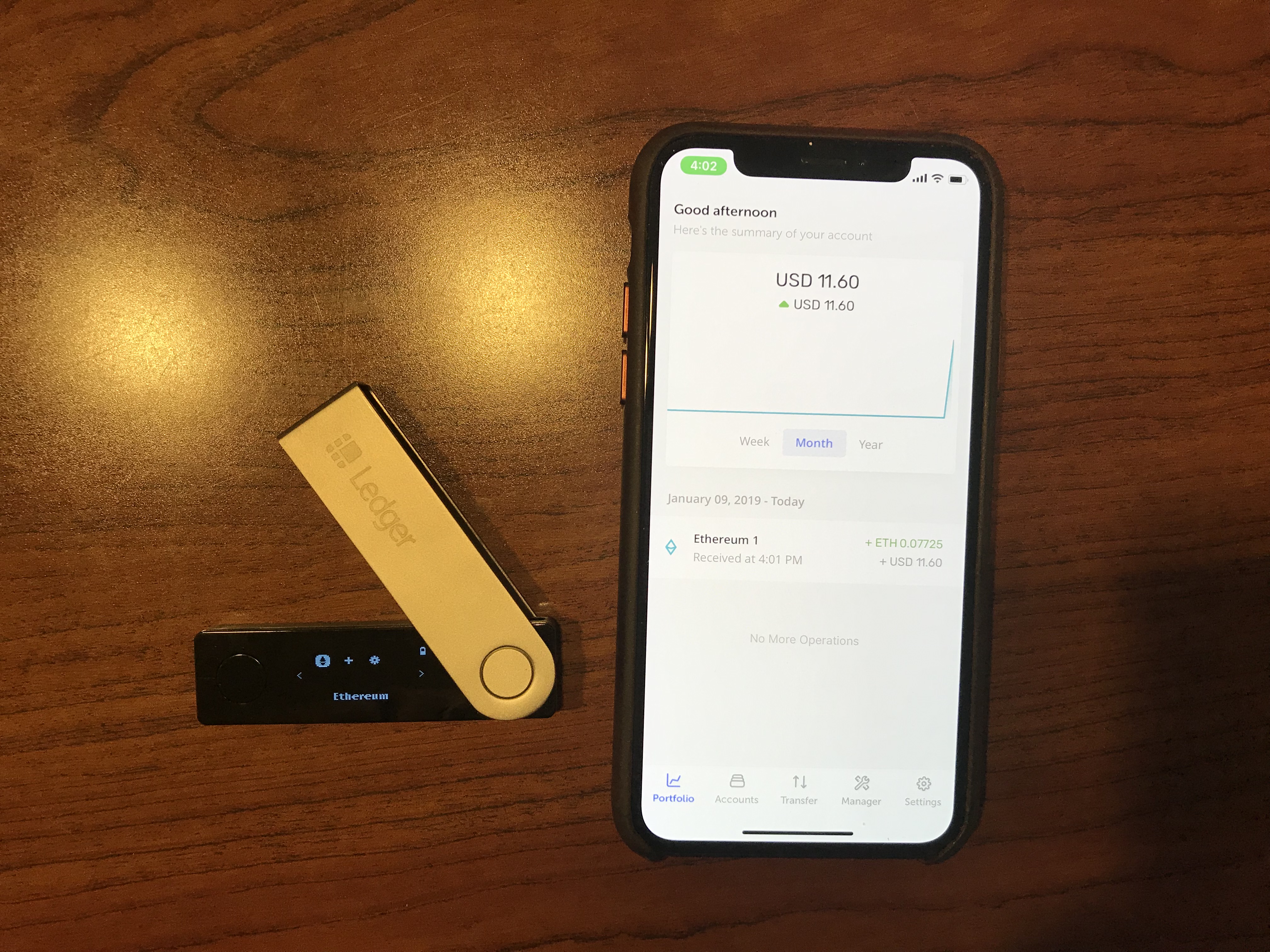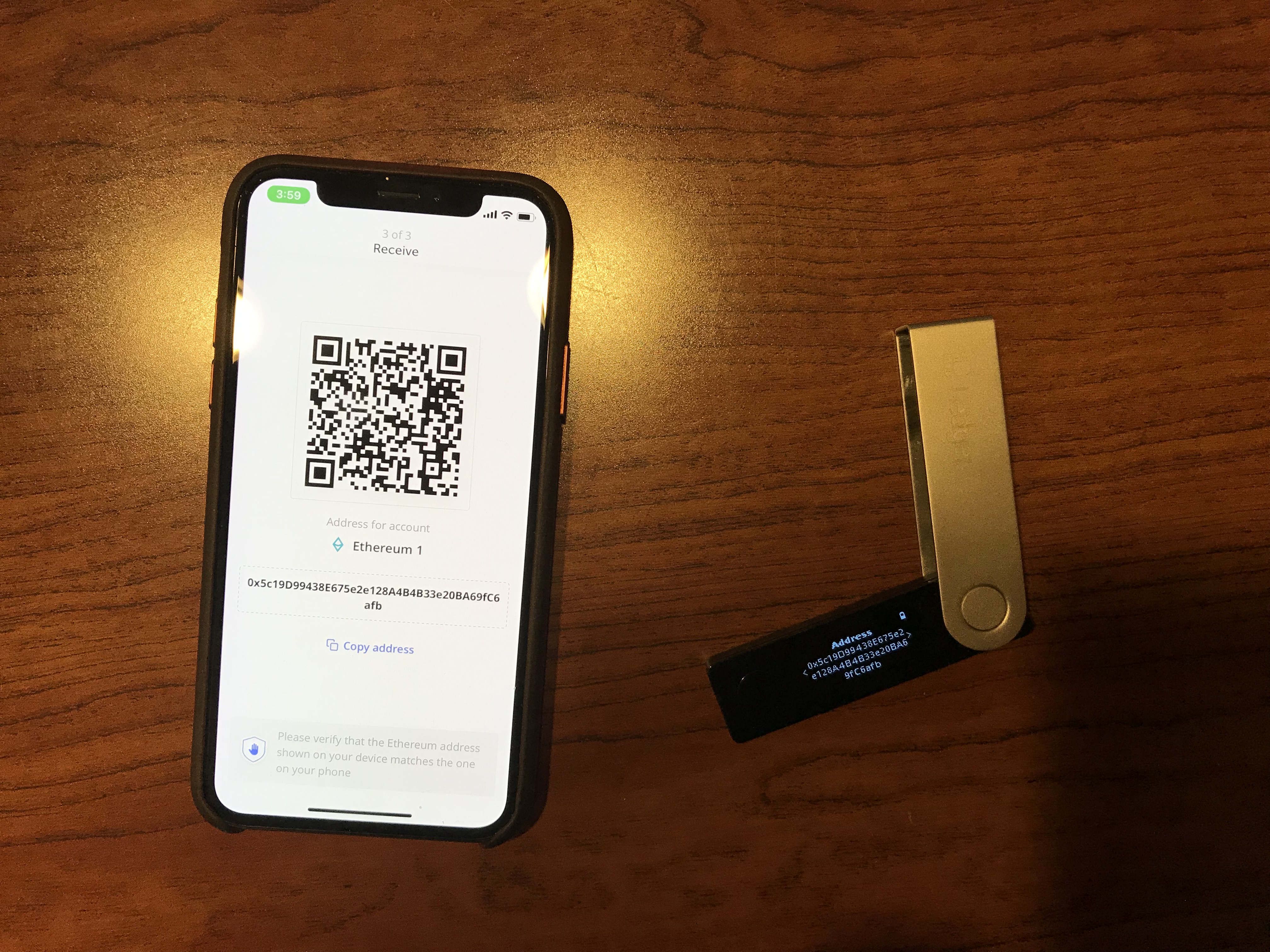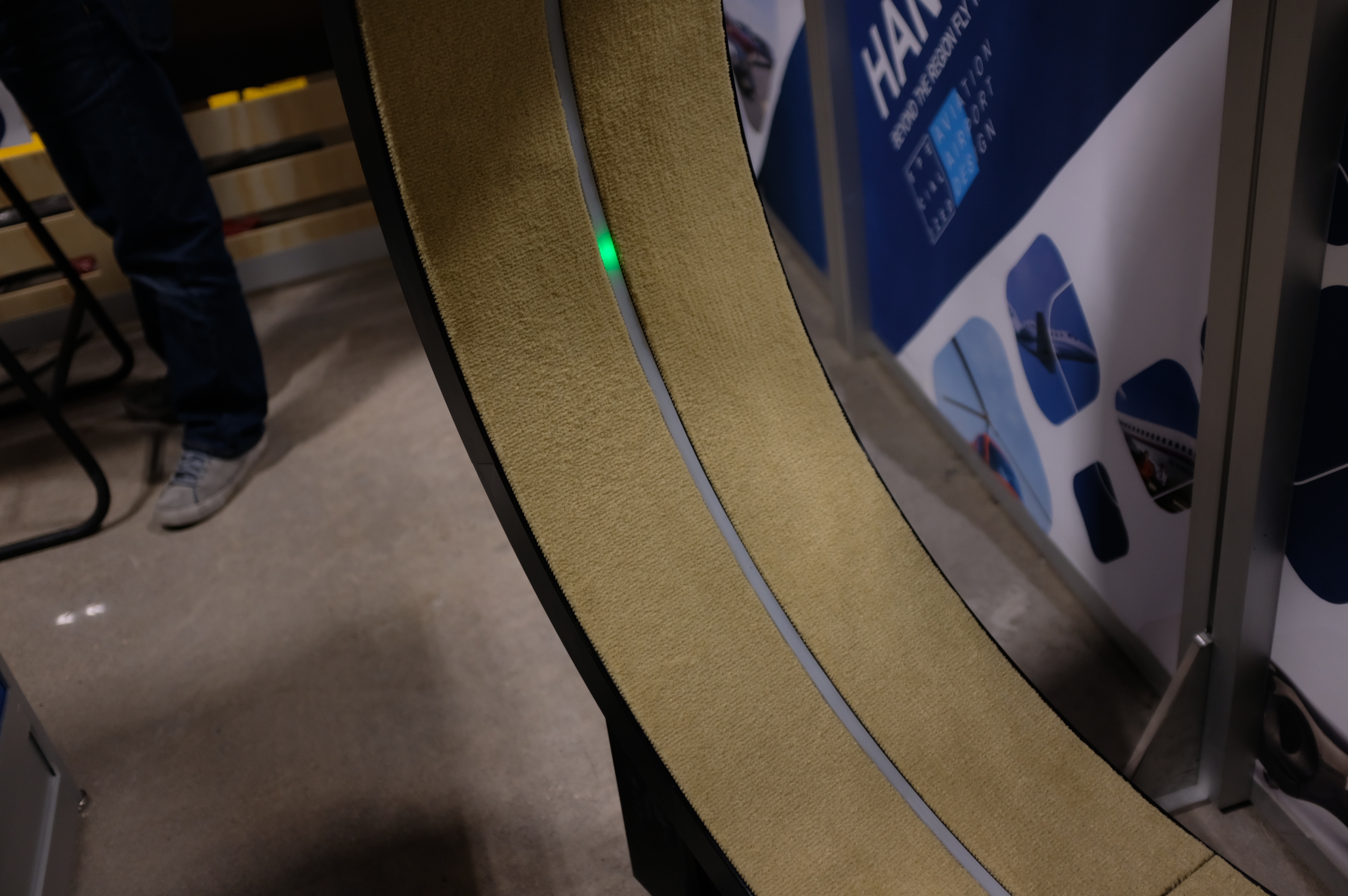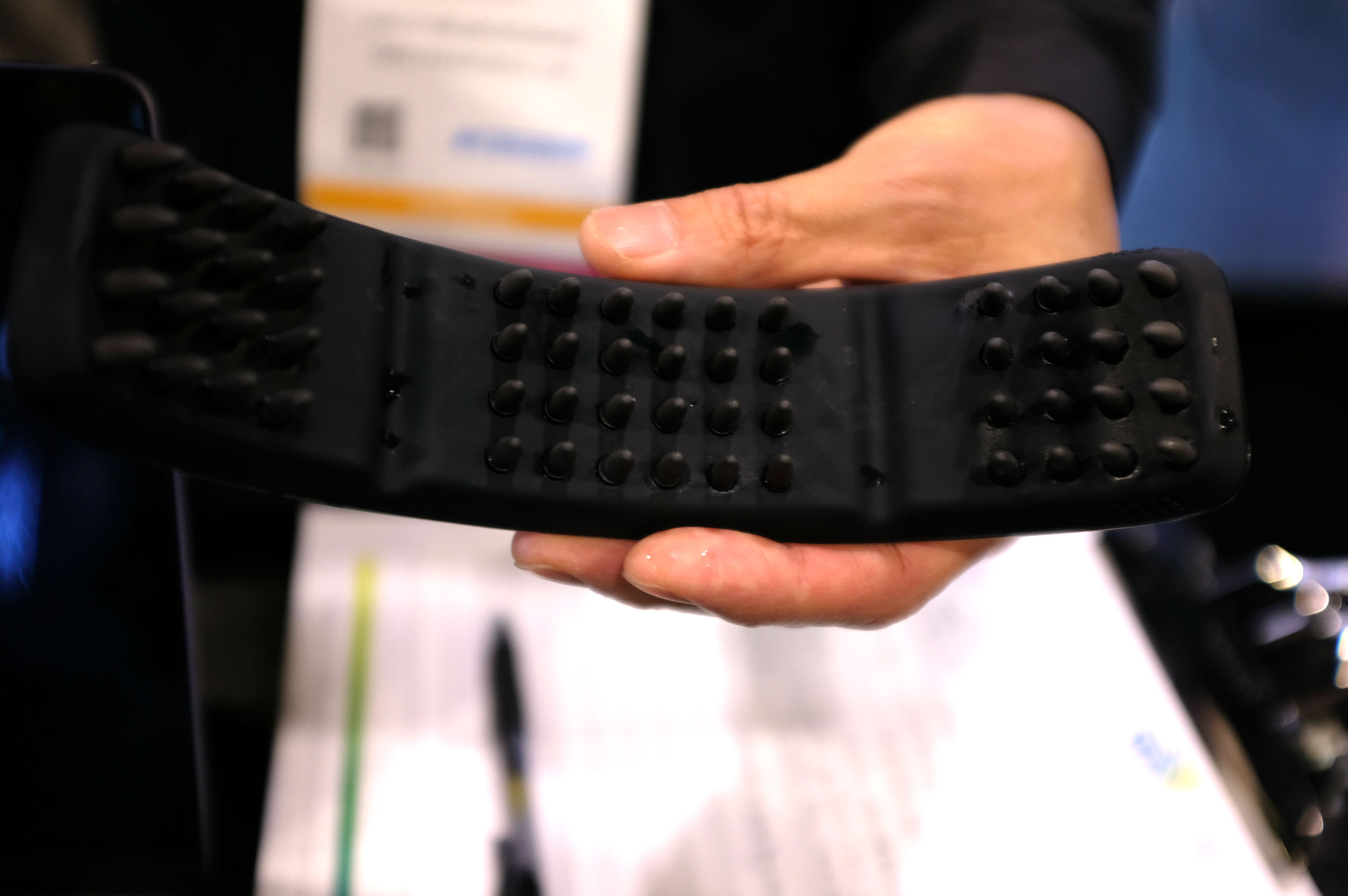Whenever some new “cosmic puzzle” crops up, you always have to be ready for the other shoe to drop. But just because something isn’t an alien message or Ringworld doesn’t mean it can’t be interesting science. Today’s shoe drop concerns “fast radio bursts” coming from a distant galaxy — but don’t expect a secret message from an advanced civilization.
Fast radio bursts, or FRBs, are short, intense blasts of radio waves that come from far outside our galaxy. No one knows what causes them, but they’re unlike anything else we’ve observed — and their uniqueness makes them a prime target for detection in noisy data.
A SETI project snatched a few just this fall, but another effort using a brand new radio telescope called CHIME that essentially points at the whole sky and chooses where to “look” using software. In a pair of papers published today, researchers say they’ve found 13 new FRBs using the method.
“The telescope has no moving parts. Instead it uses digital signal processing to ‘point’ the telescope and reconstruct where the radio waves are coming from. This is done using clever algorithms and a couple of giant computer clusters that sit beside the telescope and crunch away at the data in real time,” explained Kiyoshi Masui, an MIT scientist on the team behind CHIME’s discoveries, in a news release.
This kind of software-defined operation is sure to become more common as computing power increases and the effectiveness of smaller arrays increases.
You can see where in the universe they appeared in the video here:
Hopefully that helps.
Naturally everyone wants to think it’s spaceships or planets full of hyperintelligent broadcasters sending out signals to us, though of course they would have had to send it a long, long time ago. More likely it’s “powerful astrophysical objects more likely to be in locations with special characteristics,” the scientists speculated.
Supernovas, black holes, quasars — there are lots of strange, high-energy items out there in the universe, and who knows what happens when they combine? The FRBs observed recently also exhibited a much lower wavelength than those seen previously, so there appears to be quite a variety.
But what’s even rarer than FRBs is repeating FRBs; only one has ever been found, via the massive Arecibo array in Puerto Rico. That is, until these scientists spotted another.
When there was only the one, it was conceivable that the occurrence was a cosmic anomaly — perhaps some incredibly rare event that only happens once in a thousand millennia. But two in a handful of years? That suggests they’re far more common than that, and now that we know what to look for we’re likely to find more.
It might not be an alien civilization, but something totally new to science is a pretty nice consolation prize.










